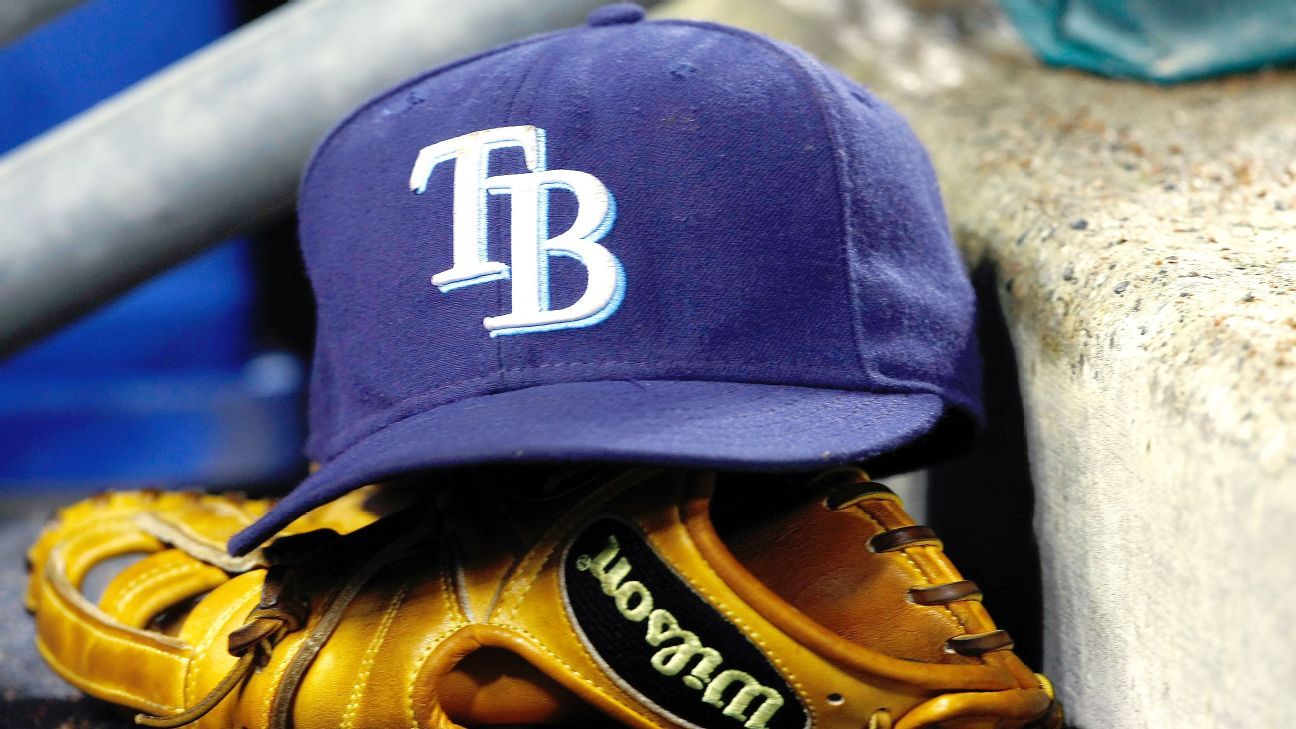
Recently a YouTube video by user S1apSh0es shed light on a long forgotten race track known as Air Base Speedway in Greenville, S.C. Mentioned within that video was this article, which appeared in the January 2015 issue of SPEED SPORT Magazine. We’re publishing it online for the first time.
By John Nelson & Tom Schmeh
Dozens of online and print sources recount the NASCAR Sprint Cup Series. All of these sources record a race in Greenville, S.C., on Aug. 25, 1951. And all place this event at Greenville-Pickens Speedway, then a half-mile dirt track located on the west side of the city. However, this race actually took place at an entirely different facility in Greenville — Air Base Speedway, also known as Textile Speedway.
Compared to Greenville-Pickens, little is known of Air Base/Textile Speedway. In his “History of America’s Speedways,” author Allan Brown lists Textile Speedway as a half-mile dirt oval “located 10 miles south of Greenville on U.S. 25 near old Donaldson Air Force Base.” Brown’s book lists racing at the track in 1941 and from 1946 through 1951.
Online newspaper archives from the Spartanburg Herald-Journal and the Greenville Index-Journal confirm that stock car racing took place at Textile/Air Base in 1949 and ’50. A 100-lap race was scheduled for Nov. 27, 1949, but results have not turned up in our search. “Buddy” Davenport promoted several Sunday-afternoon stock car races at Textile Speedway in 1950.
Although news accounts do not mention NASCAR, Davenport was a leading promoter for Bill France during the 1950s and his Sunday fields were loaded with leading NASCAR Modified and Grand National regulars, including Elzie Wylie “Buck” Baker, the Flock brothers, Harold Kite, Everett “Cotton” Owens and Charlie Rush.
National Speed Sport News ran an article on Aug. 15, 1951, announcing an upcoming NASCAR Grand National race at Air Base Speedway. This article named Bill France as head of NASCAR and Charlie Hicks as promoter at Air Base. The Aug. 29 issue of NSSN carried a brief bulletin that named the top-three finishers in the Aug. 25 race. The daily Greenville News for Aug. 19 and 23-26 published articles and advertisements about the GN race and satellite events. We researched the News on microfilm at the Hughes Main Library in Greenville.
As recounted in the Greenville News, three days of NASCAR Grand National competition took place at Air Base Speedway. The first round of time trials was held Aug. 23. Setting quick time of 31.06 seconds (nearly 53 mph) and earning the pole for Saturday’s race was Jesse James Taylor, of Macon, Ga., driving a 1951 Hudson Hornet. Joe Eubanks, of Spartanburg, qualified second and Billy Carden, of Atlanta, was third.
A second round of qualifying took place Aug. 24, with Dell Pearson, of Portland, Ore., turning the day’s best time of 33.08 seconds. Where this placed him in the starting field is unknown. Friday’s activities closed with a “match race” among the fastest Grand National qualifiers, but results were not published.
These times sound slow — and they were — even by the standards of the day. A modern street stock or mini-stock car can lap a well-prepared half-mile dirt track well under 30 seconds. However, it’s likely the Air Base oval was not well prepared, especially for daytime time trials in high summer heat. In a previous event there on May 7, 1950, Charlie Rush was declared the winner when “bad track conditions forced officials to halt the race at the end of 15 laps.”
Following a third session of time trials on Saturday afternoon, the field of 36 cars was set for the 100-mile (200-lap) grind. At stake was a purse of $5,700, with $1,000 to the winner. Factoring for inflation, the winner’s prize was roughly $10,000 in today’s money. Aside from a few big events such as the Daytona beach race and the Southern 500, $1,000 was the standard top prize for a Grand National race in 1951.
So, in terms of purse, NASCAR’s top division of 1951 was comparable to today’s Lucas Oil Late Model Dirt Series and the World of Outlaws Late Model Series. At the same time, the cost of a competitive GN car was considerably lower than a modern late model.
A new 1951 Oldsmobile 88 listed at $1,815 and a Hudson Hornet at $2,543. Since NASCAR allowed almost no modifications, the car could be made ready for the track with a total outlay of less than $3,000 — roughly $30,000 in today’s money, about half the cost of a modern-day dirt late model.
The start of Saturday’s race was delayed to allow Julius Timothy “Tim” Flock to reach the speedway after driving all night from Morristown, N.J., where he won a 200-lap race the previous evening.
At the green flag, Flock’s brother, Bob, made his way to the front from sixth-starting position, overtaking Taylor on lap seven. Meanwhile, Tim Flock worked his way forward from 20th into the top 10 within a few laps. By the halfway point, Truman Fontello “Fonty” Flock joined his brothers at the head of the pack with Bob leading, Fonty second and Tim third. At this point, 35-year-old Erick Erickson, of Lancaster, Calif., held fourth. In his 33 Grand National starts between 1950 and ’56, Erickson scored his only top-five finish at Air Base Speedway.
Click below to read the rest of the story.















 Phone: (800) 737. 6040
Phone: (800) 737. 6040 Fax: (800) 825 5558
Fax: (800) 825 5558 Website:
Website:  Email:
Email: 






